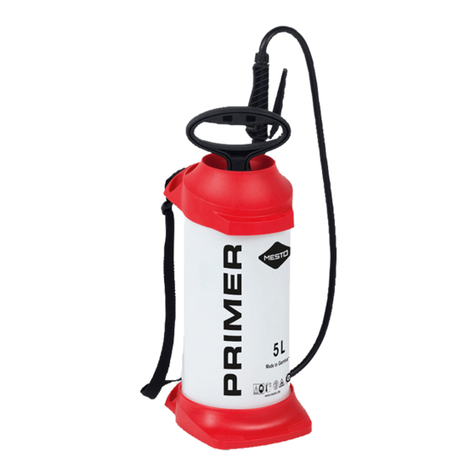Mesto FERROX 3565 User manual
Other Mesto Paint Sprayer manuals

Mesto
Mesto 3598BM User manual

Mesto
Mesto PROFI 3275 User manual

Mesto
Mesto 3552A User manual

Mesto
Mesto 3615S User manual
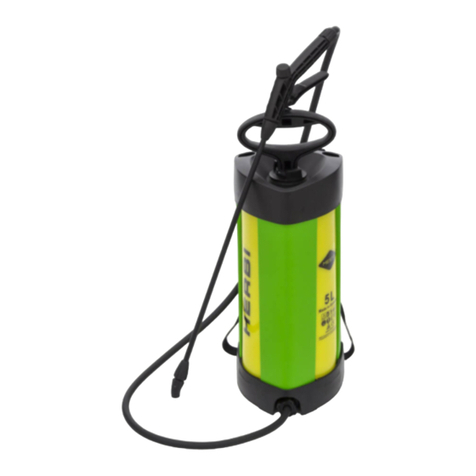
Mesto
Mesto PICO 3232 User manual

Mesto
Mesto 3565 Series User manual

Mesto
Mesto PROFI 3275 User manual

Mesto
Mesto 3132 FE Instruction manual

Mesto
Mesto 3598P User manual

Mesto
Mesto 3270 Series User manual
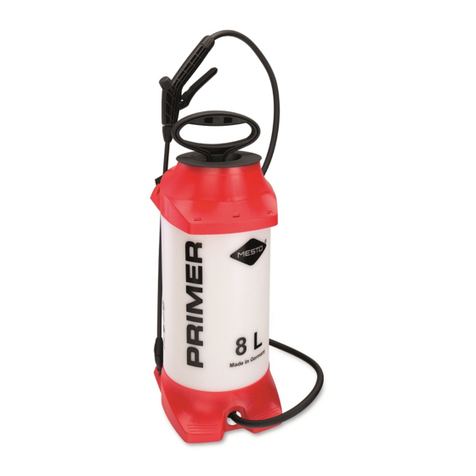
Mesto
Mesto PRIMER 3237P User manual
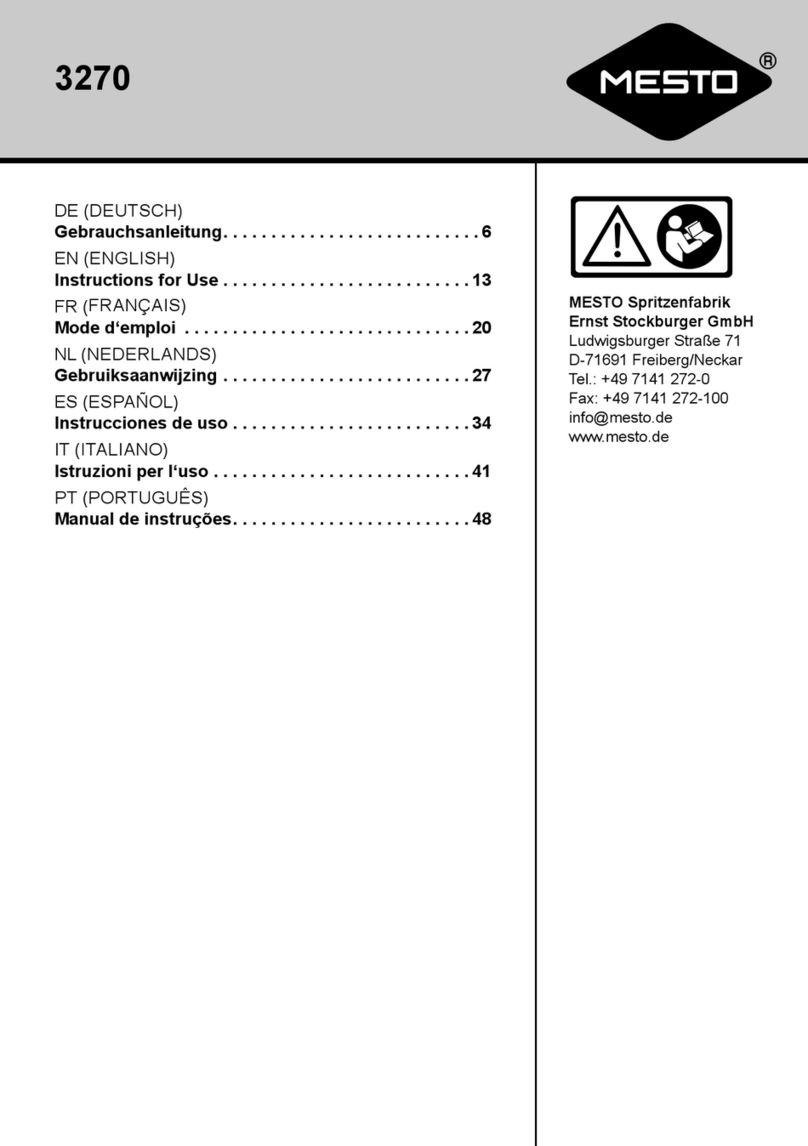
Mesto
Mesto 3270 Series User manual

Mesto
Mesto FERRUM 3560 User manual
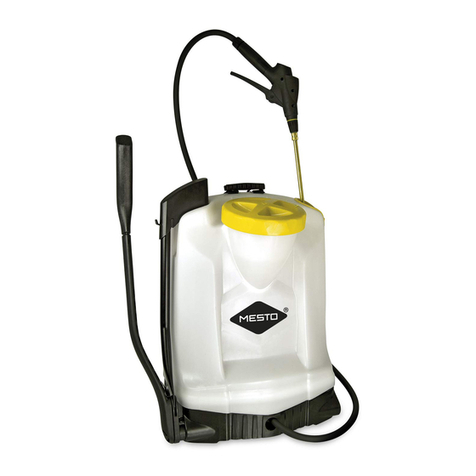
Mesto
Mesto RS 120 User manual

Mesto
Mesto 3131 Instruction manual

Mesto
Mesto MAXIMA 3238 User manual

Mesto
Mesto PRIMER 3237P User manual

Mesto
Mesto 3237 User manual
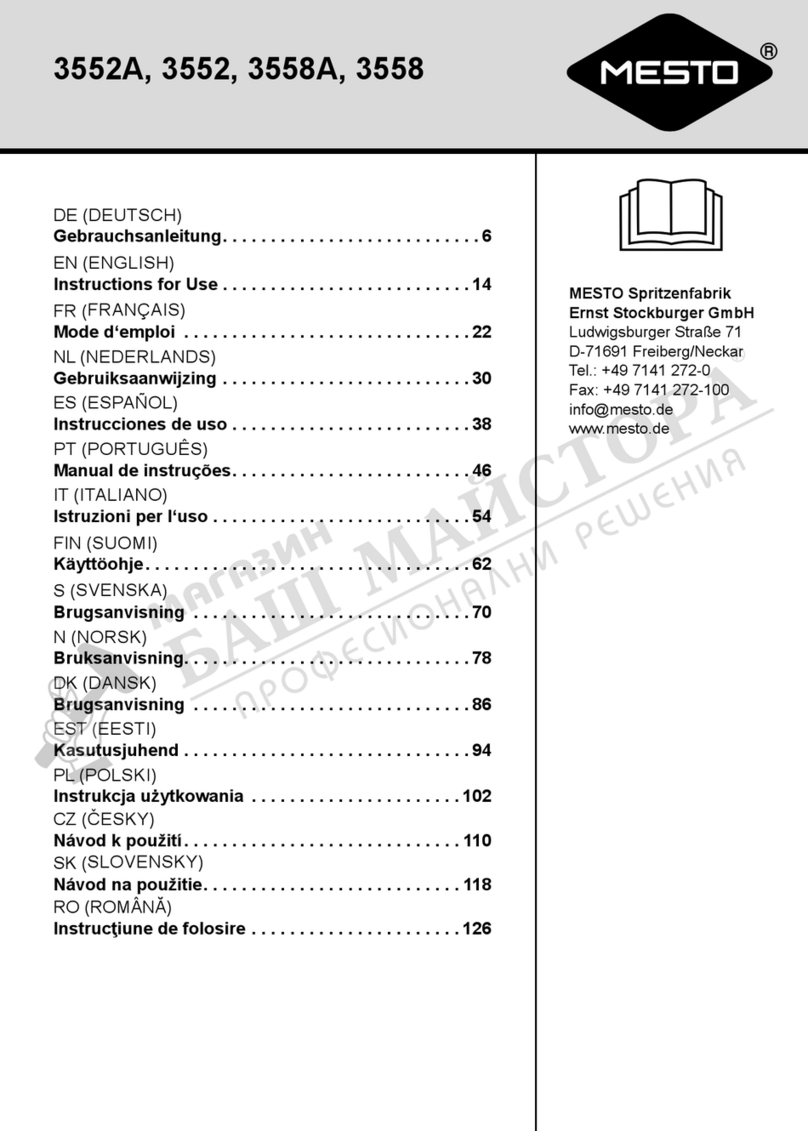
Mesto
Mesto 3552A User manual
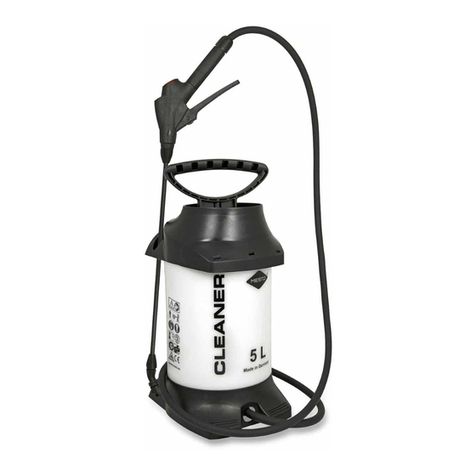
Mesto
Mesto CLEANER 3275PP User manual






